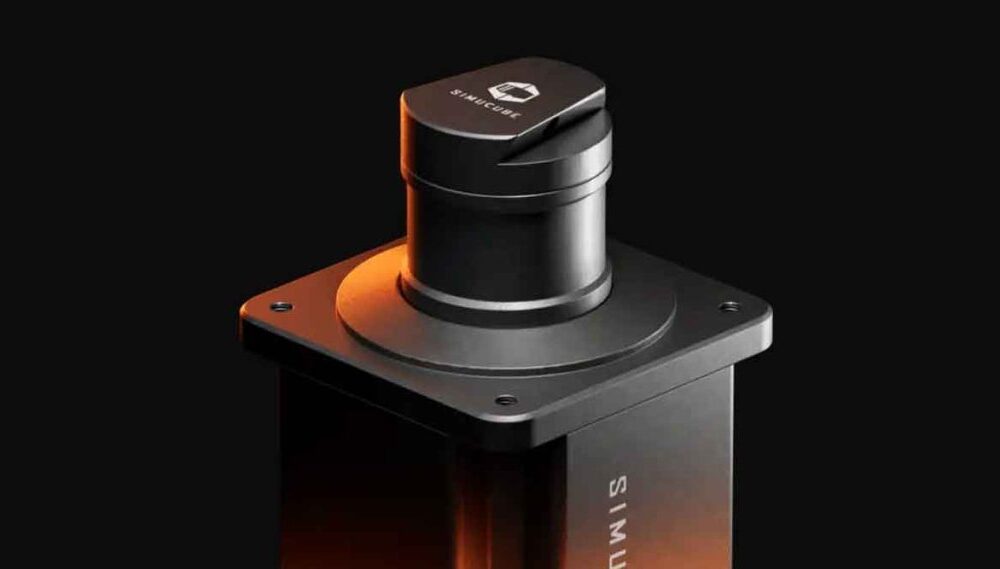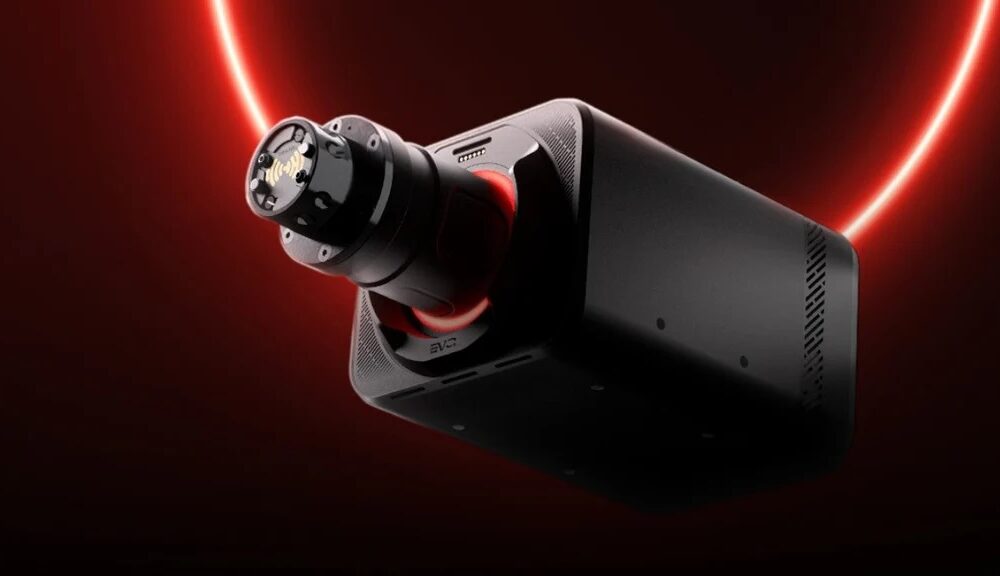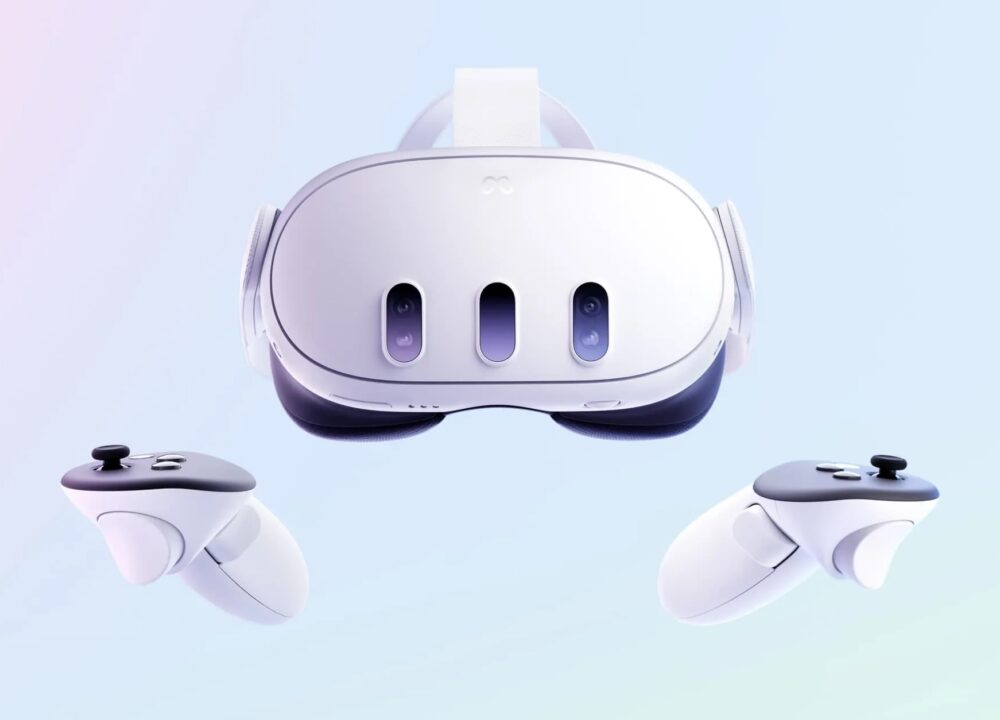In sim racing, effective data analysis is key to improving your driving, and one of the most valuable tools for this is studying steering traces. These traces provide a visual snapshot of your steering inputs throughout a lap, helping you better understand your control, decision-making, and overall driving style.
One often-overlooked fact is that the steering wheel acts as a kinetic brake. As you turn the wheel more, the front tyres experience more scrub, sliding across the track once you exceed the optimal slip angle. This essentially slows the car down before you even apply the brakes to transfer weight and initiate a proper turn.
At an advanced level, you begin to use the steering wheel to slow the car down and rely on the brakes for turning, especially once you master weight shifting. Tools like Coach Dave Delta make it easy to analyse your steering inputs in a straightforward way.
Identifying Smoothness: Smooth is Fast
Smooth steering is essential for keeping the car balanced during high-speed manoeuvres. Jerky inputs can overload the tyres, leading to reduced grip or even instability. Ideally, your steering trace should show smooth arcs as you corner. With Coach Dave Delta, you can easily track your steering from left to right, helping you see how much steering input you’re applying and how smoothly you’re unwinding the wheel.
Erratic movements can point to a lack of control, so focus on minimising unnecessary corrections, particularly mid-corner. Practice “slow in, fast out” techniques to enhance stability while steering.
Evaluating Your Corner Entries and Exits
When looking at your corner entries, aim for a gradual increase in steering input as you approach, followed by a smooth return to the centre as you exit. This pattern shows you’re braking and turning efficiently (trail braking) and easing off the wheel at the right time. Sharp or erratic inputs at entry suggest that your car might be understeering or oversteering.
Use Coach Dave Delta to review your steering across an entire lap. This helps you determine if you’re consistently smooth or if there’s a specific corner where things go wrong.
Spotting Opposite Lock
Steering reversals, or opposite locks, occur when you quickly correct steering inputs due to oversteer or understeer. These will show up on your trace as rapid, back-and-forth motions, indicating instability. This usually happens from aggressive driving or improper throttle use. If you spot frequent corrections, it’s a signal to review your inputs—throttle, braking, and steering. Smoother throttle control on corner exits and avoiding excess speed going in will help reduce the need for overcorrection.
Recognising Understeer and Oversteer
Understeer often appears as high steering angles with little lateral G-force increase, while oversteer shows up as sharp corrections or excessive inputs. Addressing these issues is crucial to improving car control and reducing lap times. Coach Dave Delta’s tools can highlight oversteer and understeer at specific speeds, offering valuable insights for fine-tuning your driving.
Comparing Steering with Faster Drivers using Coach Dave Delta
Overlay your steering trace with that of a faster driver on the same track and car setup. Look for differences in smoothness, timing, and input levels. This can show you where to be more aggressive, where to smooth things out, and how to improve your racing line or control the car’s weight transfer. Notice where the faster driver makes cleaner, more precise movements. Practice emulating their technique, especially in areas where your performance falls behind.
If possible, go over your steering traces with a coach or experienced driver for further guidance. Coach Dave Delta also provides professional reference laps, and online coaching is available to help you dig deeper into your data.
Conclusion
Studying steering traces is one of the most effective ways to elevate your sim racing performance. Whether you’re focusing on smoothness or comparing your inputs with faster drivers, this kind of analysis helps you pinpoint weaknesses and refine your skills. With consistent practice and regular data reviews, you’ll develop better instincts, improve car control, boost your consistency, and ultimately achieve faster lap times.
AI Coaching that actually works
Don't get lost in the data, instantly unlock lap time using our new real-time Auto Insights coaching. Elevate your braking, apex, and exit performance in record time.







